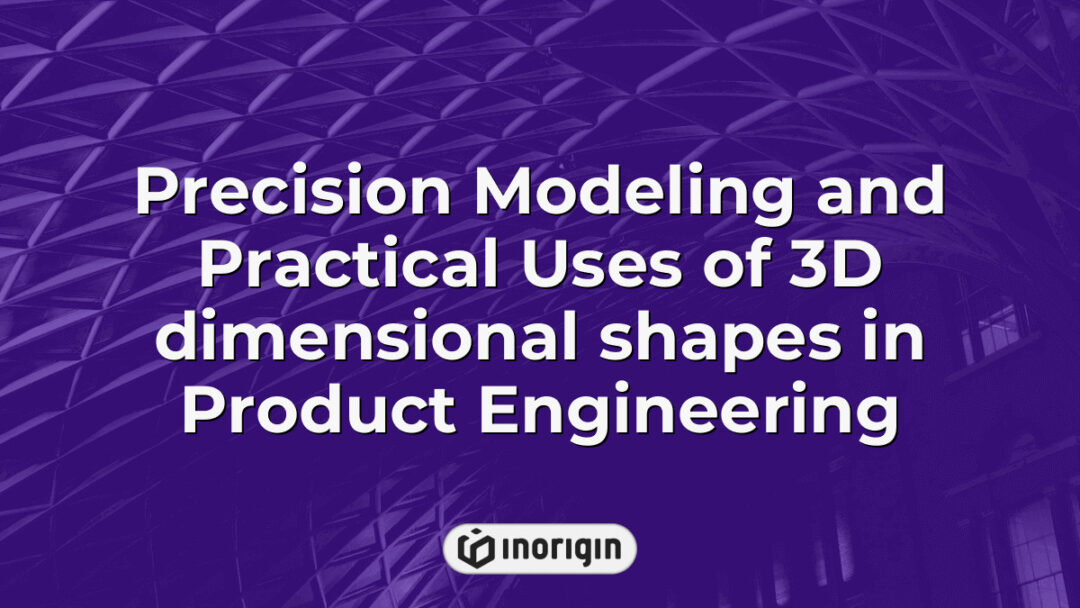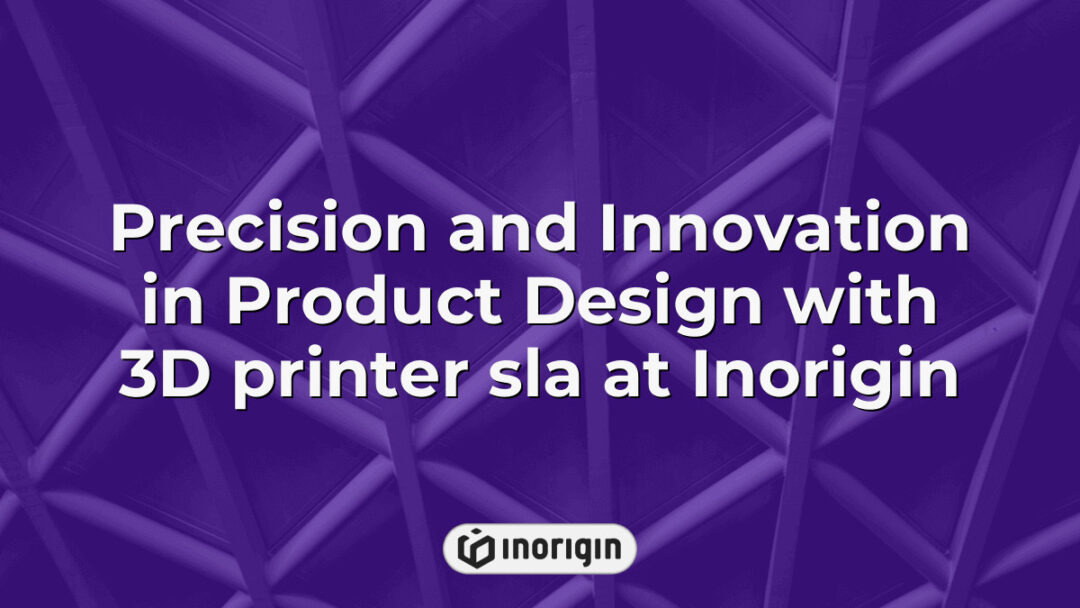Have you ever wondered how some of the most innovative products on the market came to be? It’s not just luck or chance – it’s often the result of a strategic approach known as design thinking. This theory challenges traditional product development methods by putting empathy, creativity, and collaboration at the forefront. By investigating the truth behind this strategy, we can see how design thinking has revolutionized innovation in product development and paved the way for new and groundbreaking ideas that have transformed industries.
| Aspect | Key Takeaway |
|---|---|
| Definition and Focus | Design Thinking: A Strategy for Innovation in Product Development centers on empathy and creativity to develop user-focused products that drive breakthrough market solutions. |
| User-Centric Approach | By prioritizing user needs through empathy and iterative testing, design thinking helps uncover unique insights that align product features with real customer demands. |
| Cross-Functional Collaboration | Implementing design thinking involves assembling diverse teams that combine skills from design, engineering, and business to foster innovative, holistic product outcomes. |
| Rapid Prototyping & Iteration | Incorporating rapid prototyping enables quick validation and refinement of concepts, reducing time-to-market and enhancing product performance before full-scale production. |
| Measuring Success | Evaluating user engagement, satisfaction, and key performance indicators like cost efficiency and time-to-market provides a comprehensive view of design thinking’s impact. |
| Organizational Culture | Design thinking fosters a culture of creativity and collaboration that enhances team dynamics and supports sustainable innovation within product development teams. |
| Strategic Advantage | Adopting design thinking empowers companies like Inorigin to bridge concept and production seamlessly, delivering functionally robust and aesthetically compelling consumer products. |
Understanding Design Thinking And Its Role In Product Development
When it comes to the process of developing new products, understanding design thinking and its role is crucial. This approach serves as a strategic method for fostering innovation in product development by putting user needs at the forefront of the design process. By incorporating empathy, creativity, and iterative problem-solving, design thinking enables teams to uncover unique insights and develop solutions that truly resonate with users. Through this perspective, organizations are able to create products that not only meet consumer demands but also anticipate their future needs.
In essence, design thinking plays a pivotal role in guiding product development towards success by centering on user-centric principles. Embracing this approach allows companies to tap into the power of innovative ideas that align with market preferences and lead to meaningful impact. Ultimately, integrating design thinking methodologies elevates the potential for creating breakthrough products that exceed customer expectations while staying ahead of industry trends. As we delve deeper into implementing design thinking in the innovation process, it becomes evident how this strategy can drive transformative outcomes for businesses seeking sustainable growth and competitive advantage in today’s dynamic marketplace.
Implementing Design Thinking In The Innovation Process
Implementing design thinking in the innovation process can be a game-changer for companies looking to stay ahead of the curve. By adopting this approach, organizations can foster a culture of creativity and problem-solving, ultimately leading to more innovative products and services. One key aspect of implementing design thinking is creating cross-functional teams that bring together diverse perspectives and skill sets. This collaborative environment allows for the exploration of different ideas and solutions, resulting in more holistic and user-centric designs. Additionally, incorporating rapid prototyping and testing into the development process enables teams to iterate quickly and validate their concepts, reducing time-to-market and increasing overall success.
When it comes to measuring the success of design thinking in product development, it’s essential to look beyond traditional metrics such as sales numbers or market share. Instead, focus on gathering qualitative feedback from users about how well the product meets their needs and solves their pain points. This customer-centric approach provides valuable insights that can inform future iterations and drive continuous improvement.
Measuring The Success Of Design Thinking In Product Development
Measuring the success of design thinking in product development is crucial for understanding its impact and effectiveness. One way to measure this success is by evaluating the level of user engagement and satisfaction with the developed products. By gathering feedback from users, companies can assess how well their products meet customer needs and expectations, providing valuable insights into the efficacy of design thinking in driving innovation. Additionally, measuring key performance indicators such as time-to-market, cost savings, and revenue growth can provide quantifiable evidence of the benefits of incorporating design thinking into the product development process.
Another important aspect to consider when measuring the success of design thinking in product development is the ability to foster a culture of creativity and collaboration within an organization. By assessing employee satisfaction, teamwork dynamics, and overall creativity levels within cross-functional teams involved in product development, companies can gauge how effectively design thinking has been integrated into their organizational culture. Moreover, analyzing any changes in problem-solving approaches and ideation processes can offer tangible evidence of how design thinking has influenced innovation outcomes.
Ultimately, measuring the success of design thinking in product development requires a holistic approach that considers both qualitative and quantitative measures. It involves not only evaluating customer satisfaction and business metrics but also assessing organizational culture and internal team dynamics. Through comprehensive measurement strategies, companies can gain meaningful insights into how design thinking contributes to innovative product development while identifying areas for improvement and further optimization.
Conclusion
In conclusion, design thinking is a powerful tool for sparking innovation in product development. It’s like a compass that guides us through the rough waters of creativity, helping us navigate towards groundbreaking solutions. By embracing this strategy, we can unlock endless possibilities and revolutionize the way we bring new products to life.
Related posts:
- How Can Design Thinking Impact Your Product Development Process by Enhancing Innovation and User-Centered Solutions at Inorigin
- How Can Design Thinking Improve Product Development Process with Innovative Collaboration and User-Centered Solutions
- Why is Design Thinking Essential for Successful Product Development? A Strategic Approach to User-Centered Innovation
- How Can Design Thinking Transform Product Development Through Empathy-Driven Innovation and Cross-Disciplinary Collaboration
- Design Thinking Impact Product Engineering Driving Innovation and Efficiency at Inorigin
- How Can Design Thinking Improve Product Engineering by Enhancing Cross-Disciplinary Innovation and User-Centric Solutions




